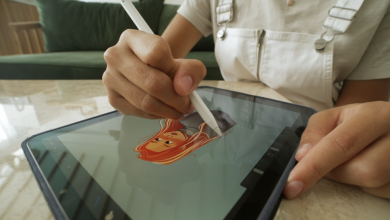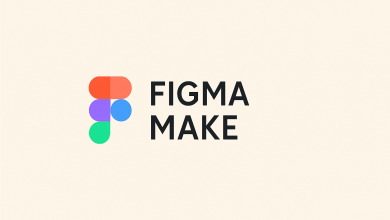
In its purest form, branding has always been about two simple yet powerful principles – standing out and being memorable. First, you need to plant yourself in the mind of a prospective buyer before they’re even thinking about buying. Then, when they do decide to enter the market, you need to be one of the names that instantly comes to mind.
While these fundamentals aren’t changing anytime soon, they are now under growing pressure due to the widespread adoption of accessible AI.
The flood of new businesses
AI has radically lowered the barriers to entry for launching a business. With off-the-shelf tools for product development, marketing, and even fundraising, it’s never been easier to start something new.
The result? An explosion of startups across pretty much every sector. The problem? With more businesses fighting for the same share of mind, standing out has never been harder. And when every founder can spin up a passable logo, tagline, and website overnight, the surface level of branding risks becoming dangerously commoditised.
This is why a deeper, more strategic approach to branding is no longer a luxury, but a necessity. Companies that rely on AI-generated templates and generic positioning will only fade into the background noise.
The sea of slop and the sea of sameness
Marketers are already talking about the “sea of slop” – i.e. the tidal wave of low-quality, AI-generated branded content that’s flooding LinkedIn, websites, and newsletters. Tools are forever making it easy to churn things out quickly, but easier doesn’t always equal better.
We are simultaneously entering a “sea of sameness”. History highlights how quickly groundbreaking branding gets copied and diluted. Take fashion, for example. When Hedi Silmane rebranded Yves Saint Laurent back in 2012, the stark black-and-white Sans-serif logo was bold and disruptive.
Within a decade, nearly every major fashion house had followed suit, turning what was once distinctive into an industry cliché. We’ve seen the same trend crop up in emerging industries like crypto, where hundreds of companies somehow ended up looking and sounding practically the same within just a few years.
AI is increasingly a real catalyst here. Its natural bias is toward imitation, simply aggregating from the best, opting to produce something familiar rather than something truly different. The result is an environment where brands risk blending into one another. And in branding, blending in is the fastest route to irrelevance.
Depth beats imitation
How can businesses, therefore, avoid getting lost in this new landscape? The only sustainable strategy is to go deeper. To build a brand that is genuinely distinctive because it is rooted in who you truly are. This requires asking yourself some tough questions.
What does your company stand for? What is your unique perspective on the market? How do you want people to feel when they interact with you? These aren’t questions an AI can answer for you. They require inward reflection, often uncomfortable conversations, and real human judgement.
AI may be brilliant at helping you brainstorm or compress production timelines, but when it comes to finding the essence of your brand, it will always fall short.
The human role in branding
This shift means the role of brand consultants and agencies must adapt in parallel. For decades, many outfits operated a “bums on seats” model, charging for hours of production. But as AI tools compress the production process – just as website builders like WordPress once did – the model becomes outdated.
Instead, the real value now lies in higher-order work. Guiding companies through the messy, human process of discovering what makes them different. It’s about playing the role of a Sherpa, challenging instincts to conform, steering teams towards boldness, and giving them the conviction to commit.
This work is part strategy, part creativity, and part bedside manner. It’s about knowing when something is truly good, not just good enough. And it’s about making the creative leaps that machines, for now, simply can’t.
Where agencies go from here
It’s highly likely that smart agencies will get smaller and more agile, incorporating AI to boost productivity while not outsourcing their thinking to it. They will operate more like consultancies by hunting for the right answers, asking the right questions, and helping clients make sense of a progressively more cluttered landscape.
Clients, in turn, will seek out agency partners who can tell them not just what’s possible, but also what’s exceptional. Because in a world where it’s so easy to be average, the only way to win is to be unmistakably distinct.
The opportunity ahead
Branding isn’t about to meet its end with the advent of AI. Far from it. But it does raise the stakes. The sea of slop and the sea of sameness mean businesses that rely on surface-level branding will vanish away like the wind.
The winners will be those who dig deeper, define, and commit to an identity that can’t be copied, embrace discomfort in the pursuit of originality, and who resist the pull of just looking like everyone else. In other words, the brands that remember what branding was always meant to be, which is and remains about standing out and being memorable for doing so.





